-
 © Freddie Fison/@LondonBarnFinds
© Freddie Fison/@LondonBarnFinds -
 © Freddie Fison/@LondonBarnFinds
© Freddie Fison/@LondonBarnFinds -
 © Freddie Fison/@LondonBarnFinds
© Freddie Fison/@LondonBarnFinds -
 © Freddie Fison/@LondonBarnFinds
© Freddie Fison/@LondonBarnFinds -
 © Freddie Fison/@LondonBarnFinds
© Freddie Fison/@LondonBarnFinds -
 © Freddie Fison/@LondonBarnFinds
© Freddie Fison/@LondonBarnFinds -
 © Freddie Fison/@LondonBarnFinds
© Freddie Fison/@LondonBarnFinds -
 © Freddie Fison/@LondonBarnFinds
© Freddie Fison/@LondonBarnFinds -
 © Freddie Fison/@LondonBarnFinds
© Freddie Fison/@LondonBarnFinds -
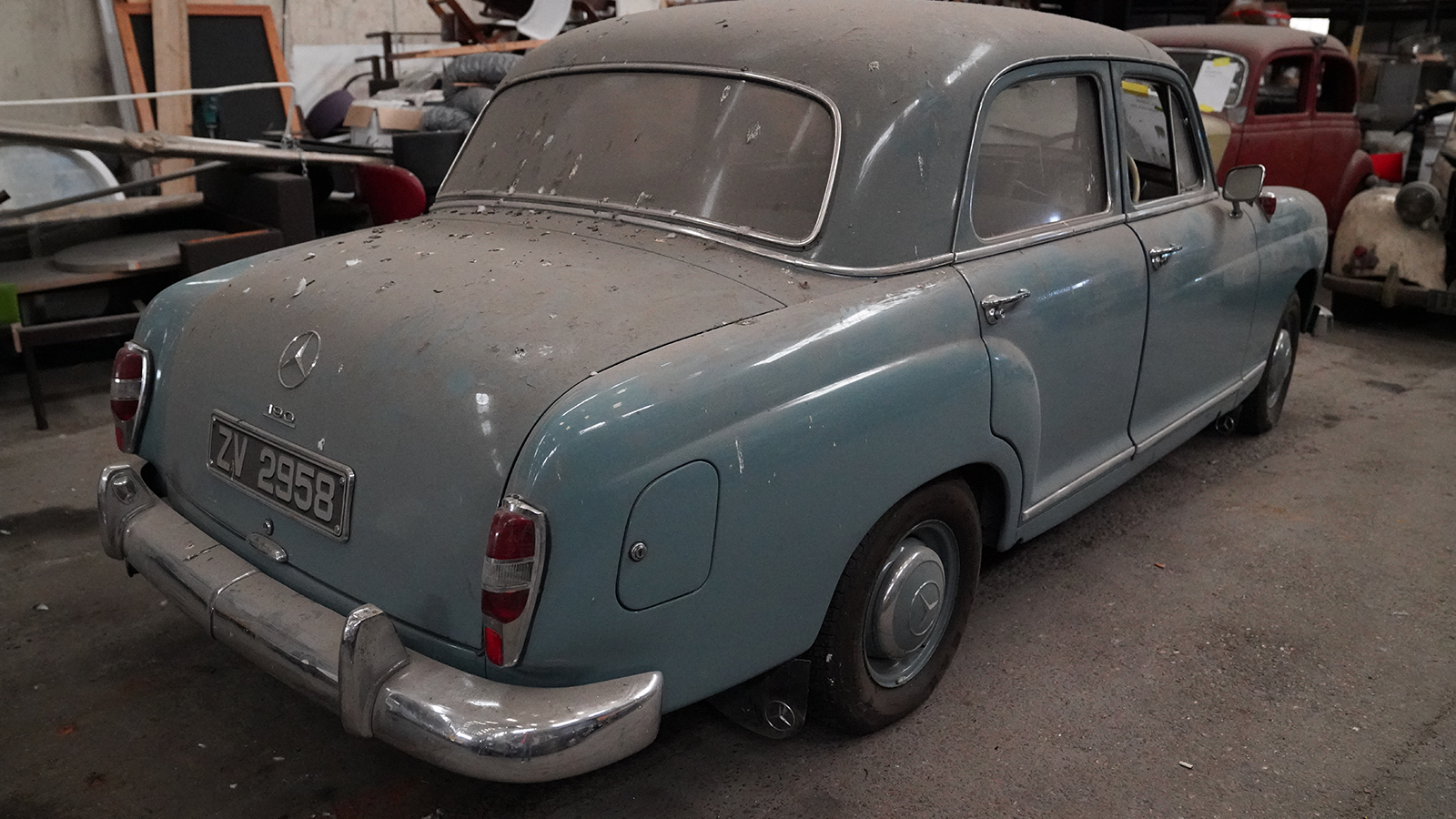 © Freddie Fison/@LondonBarnFinds
© Freddie Fison/@LondonBarnFinds -
 © Freddie Fison/@LondonBarnFinds
© Freddie Fison/@LondonBarnFinds -
 © Freddie Fison/@LondonBarnFinds
© Freddie Fison/@LondonBarnFinds -
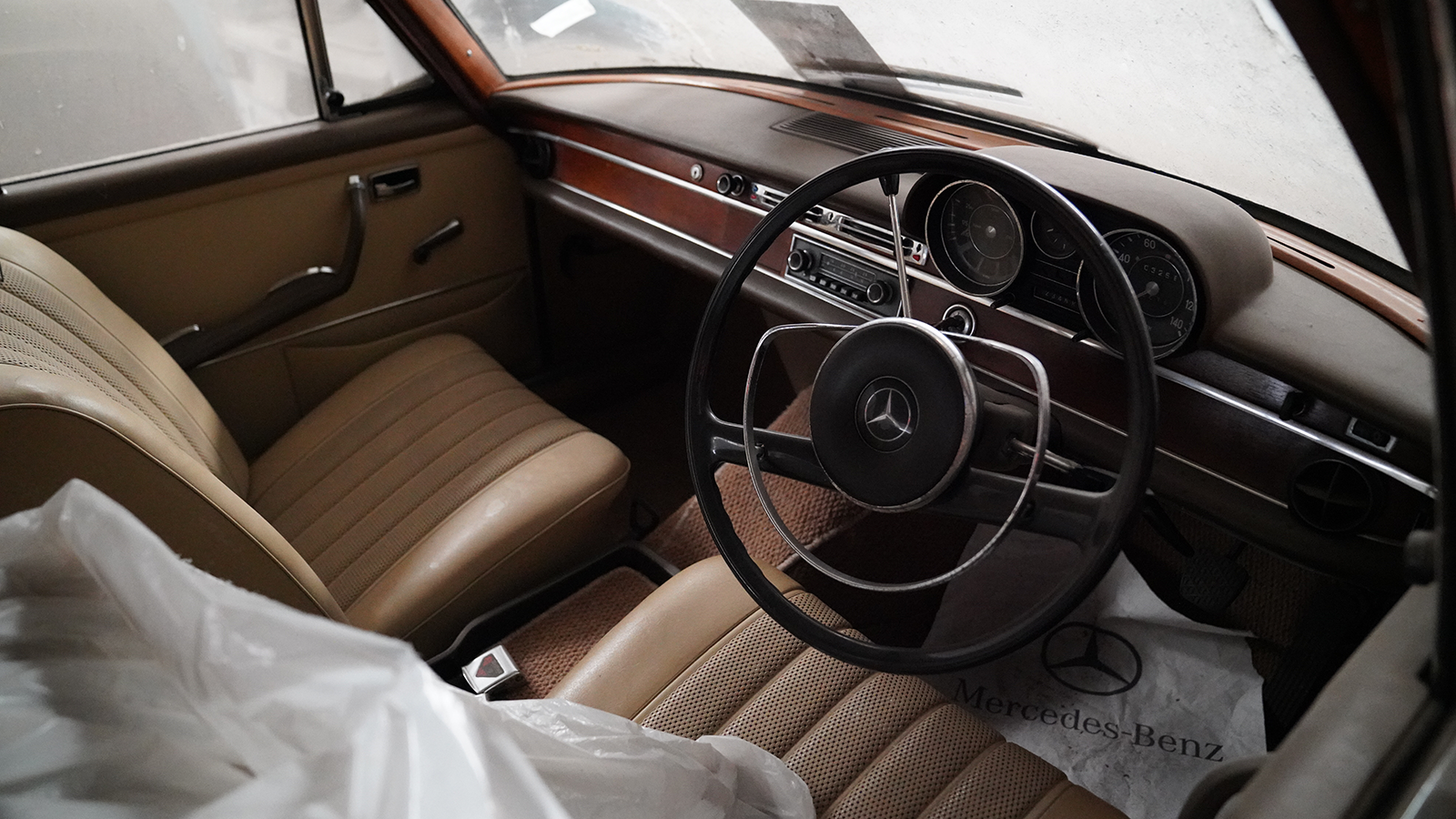 © Freddie Fison/@LondonBarnFinds
© Freddie Fison/@LondonBarnFinds -
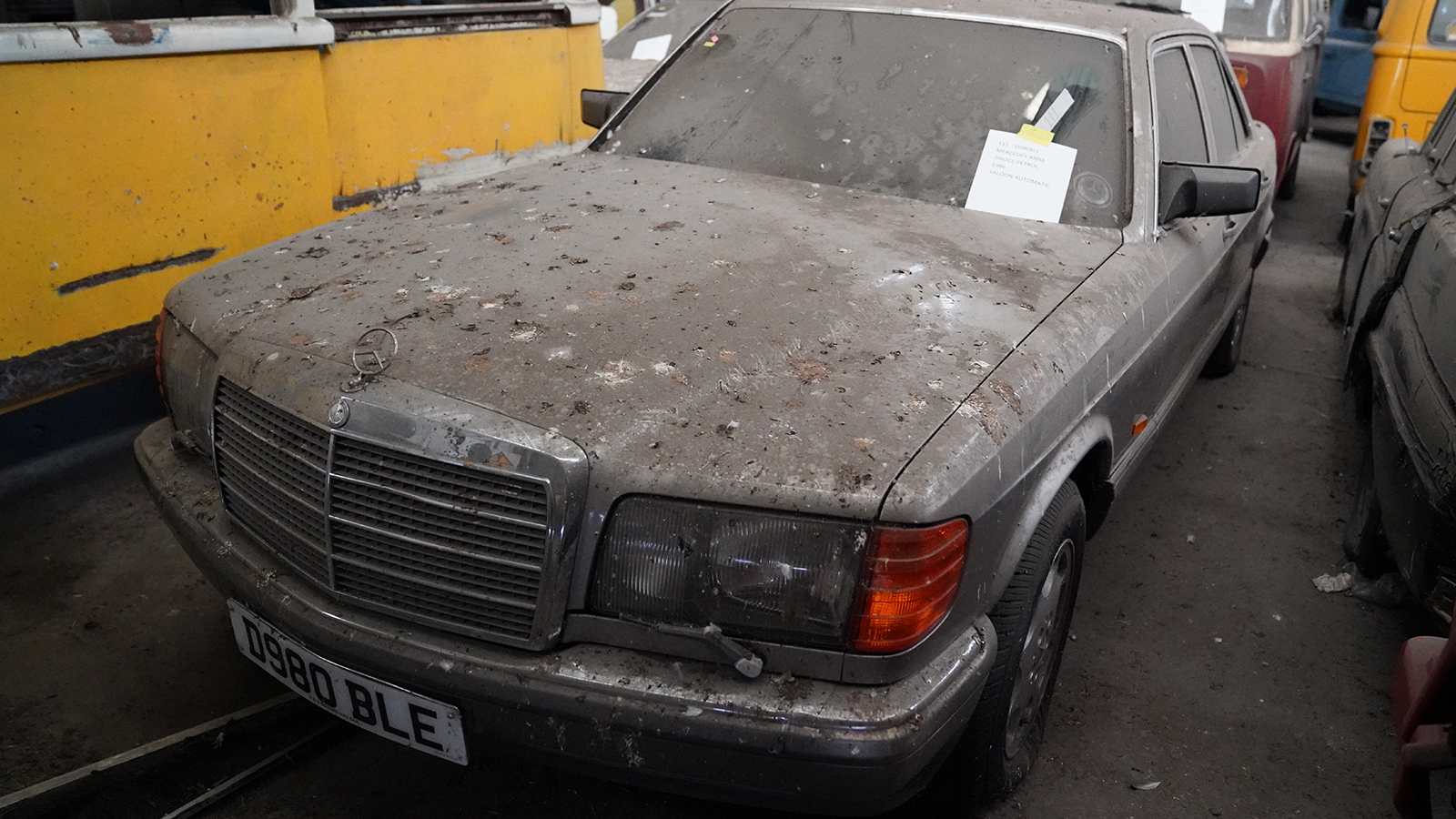 © Freddie Fison/@LondonBarnFinds
© Freddie Fison/@LondonBarnFinds -
 © Freddie Fison/@LondonBarnFinds
© Freddie Fison/@LondonBarnFinds -
 © Freddie Fison/@LondonBarnFinds
© Freddie Fison/@LondonBarnFinds -
 © Freddie Fison/@LondonBarnFinds
© Freddie Fison/@LondonBarnFinds -
 © Freddie Fison/@LondonBarnFinds
© Freddie Fison/@LondonBarnFinds -
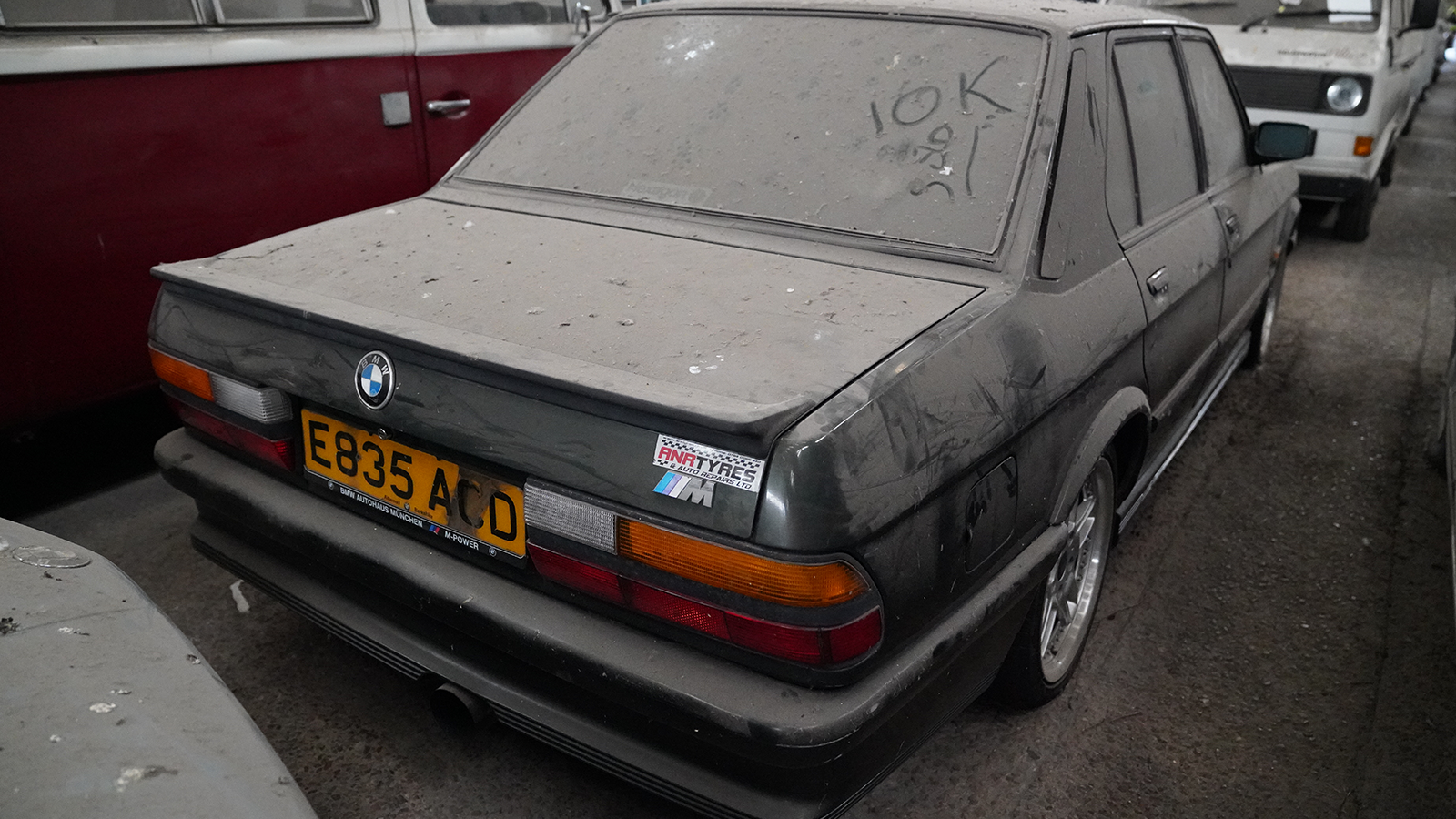 © Freddie Fison/@LondonBarnFinds
© Freddie Fison/@LondonBarnFinds -
 © Freddie Fison/@LondonBarnFinds
© Freddie Fison/@LondonBarnFinds -
 © Freddie Fison/@LondonBarnFinds
© Freddie Fison/@LondonBarnFinds -
 © Freddie Fison/@LondonBarnFinds
© Freddie Fison/@LondonBarnFinds -
 © Freddie Fison/@LondonBarnFinds
© Freddie Fison/@LondonBarnFinds -
 © Freddie Fison/@LondonBarnFinds
© Freddie Fison/@LondonBarnFinds -
 © Freddie Fison/@LondonBarnFinds
© Freddie Fison/@LondonBarnFinds -
 © Freddie Fison/@LondonBarnFinds
© Freddie Fison/@LondonBarnFinds -
 © Freddie Fison/@LondonBarnFinds
© Freddie Fison/@LondonBarnFinds -
 © Freddie Fison/@LondonBarnFinds
© Freddie Fison/@LondonBarnFinds -
 © Freddie Fison/@LondonBarnFinds
© Freddie Fison/@LondonBarnFinds -
 © Freddie Fison/@LondonBarnFinds
© Freddie Fison/@LondonBarnFinds -
 © Freddie Fison/@LondonBarnFinds
© Freddie Fison/@LondonBarnFinds -
 © Freddie Fison/@LondonBarnFinds
© Freddie Fison/@LondonBarnFinds -
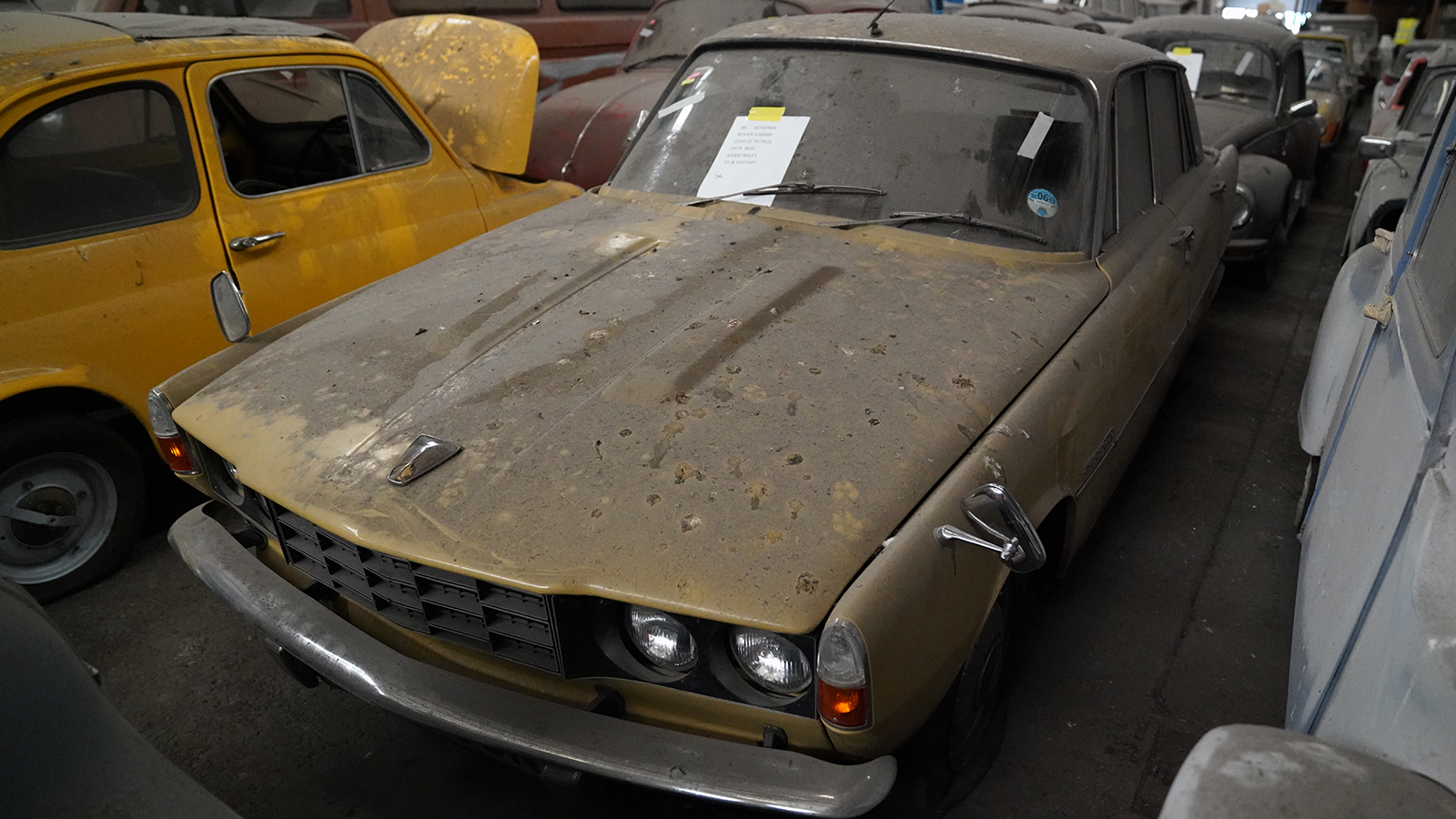 © Freddie Fison/@LondonBarnFinds
© Freddie Fison/@LondonBarnFinds -
 © Freddie Fison/@LondonBarnFinds
© Freddie Fison/@LondonBarnFinds -
 © Freddie Fison/@LondonBarnFinds
© Freddie Fison/@LondonBarnFinds -
 © Freddie Fison/@LondonBarnFinds
© Freddie Fison/@LondonBarnFinds -
 © Freddie Fison/@LondonBarnFinds
© Freddie Fison/@LondonBarnFinds -
 © Freddie Fison/@LondonBarnFinds
© Freddie Fison/@LondonBarnFinds -
 © Freddie Fison/@LondonBarnFinds
© Freddie Fison/@LondonBarnFinds -
 © Freddie Fison/@LondonBarnFinds
© Freddie Fison/@LondonBarnFinds -
 © Freddie Fison/@LondonBarnFinds
© Freddie Fison/@LondonBarnFinds -
 © Freddie Fison/@LondonBarnFinds
© Freddie Fison/@LondonBarnFinds -
 © Freddie Fison/@LondonBarnFinds
© Freddie Fison/@LondonBarnFinds -
 © Freddie Fison/@LondonBarnFinds
© Freddie Fison/@LondonBarnFinds -
 © Freddie Fison/@LondonBarnFinds
© Freddie Fison/@LondonBarnFinds
-
Dust-covered haul aims for £1m
Sometimes you can’t quite believe what you’re seeing. So join us as we rewind to September 2021, when arguably Britain’s biggest barn-find collection came to light – and then was sold, piece by piece, on eBay.
The hoard began around a decade before, when a businessman acquired his first classic and stored it in a 45,000sq ft warehouse in Tottenham, north London.
From there, the collection grew to an incredible, 174-car haul. Let’s take a closer look.
-
Everything must go!
All of the cars were vehicles that the owner predicted might be future classics.
The result of that loose theme is a varied mixture ranging in age from the 1940s to the 2000s, and in condition from a rolling chassis to the most valuable lot, a tidy 1960 MGA.
-
Mega barn-find unearthed
Family friend and car enthusiast Freddie Fison stumbled across the collection and was called in to help the owner dispose of his eclectic fleet of classics.
“He loves his cars,” said Fison. “The collection started off with a Mercedes SL, having seen the popularity of the ‘Pagoda’ and how that went up in price. He thought that the vehicles would be a great investment and from there it became a passion project. Since then he has simply collected more and more until the space ran out.”
Almost all the cars were driven by the owner to the warehouse under their own power – most were sold with V5 registration documents and many with a substantial service history.
-
Faded Mercedes glamour
The collection began with a 1980s ‘R107’ Mercedes-Benz SL roadster, a model that celebrated its 50th anniversary in 2021.
Apart from being covered in pigeon poop, this metallic-blue 1985 280SL looks to be fairly solid, with a good interior. It’s one of several examples of the base-model R107 in the collection, powered by a 2.8-litre, six-cylinder engine.
-
Three-pointed star in the making
We counted more than half a dozen SLs in total, but the earliest is this handsome silver-blue 1975 350SL, powered by the compact, overhead-cam 3499cc V8 engine that was available from launch.
Unlike most of the R107s in the collection this one isn’t wearing a hardtop, though the hood looks to be in good condition and is at least up, protecting the interior from the grime.
Showing 100,000 miles on the clock, it also wears the joint-highest estimate among the Mercedes roadsters, with a guide price of £12,000.
-
Coupés with class
As well as the gaggle of SLs, the collection includes several Mercedes-Benz coupés including a later C124 and a pair of examples of the roadster’s hardtop twin, the C107 SLC.
This 380SLC looks to have been cannibalised for parts for other cars, but elsewhere in the vast warehouse there is a 1981 450SLC whose restoration has already begun, with what appears to be a recent repaint.
-
‘Berlin taxi’ ripe for revival
It’s not all sporty models among the Mercedes. There are a couple of examples of the original ‘Berlin taxi’ saloon, the handsome W115, with this 1971 220 four-cylinder petrol version joined elsewhere by what looks to be a complete and very straight 1975 230.4, one of the last produced.
-
World’s finest wagon?
The W115 and its six-cylinder W114 siblings were replaced by the long-serving and now legendary 123-series, famed for its near-indestructibility that makes it hugely popular in Africa.
The saloon version was launched in 1975, and there are two examples of the base-model 200 in the collection, with a T123 estate version following a year later. These versatile wagons are now highly sought-after, so we suspect there will be plenty of takers for this example.
-
Take a punt on a Ponton
Moving a little earlier into Mercedes-Benz history, the ‘Ponton’ series was a range of sturdy saloons with elegant coupé and cabriolet siblings produced from 1953-’62.
This 1957 saloon, a 180 version with the 1.8-litre petrol engine, looks to have seen better days, but is eminently restorable.
-
Take a punt on a Ponton (cont.)
We haven’t taken a look underneath, but this slightly later Ponton saloon looks as if all it needs is a good polish and it’ll be ready to enjoy!
A more desirable 190 model, featuring an 1897cc overhead-cam engine mustering 75bhp, it would make ideal family transport for the Goodwood Revival meeting.
-
Projects provide a challenge
Before the Ponton range there was the 170 series, powered by a 1767cc sidevalve engine, and the Tottenham warehouse contains a pair of these quality post-war saloons produced in Stuttgart from 1953-’55.
The white example was registered in the UK in 1957 and looks to be missing its signature upright radiator grille, but the earlier red example alongside appears more complete and the basis of an interesting restoration.
-
Former flagship seeks revival
The S-Class has been at the top of the Mercedes-Benz range since its introduction in the 1960s, and this 1966 car is a fine example of the classy saloon.
Sadly it’s not the mighty 6.3-litre V8-engined long-wheelbase 300SEL 6.3, but a more economical 250SE with a fuel-injected 2496cc straight-six mustering 150bhp.
-
Former flagship seeks revival (cont.)
According to the DVLA this particular 250SE has been off the road since 1982, yet it has clearly been cherished by the state of its interior.
A lesson in understated luxury, it looks fabulous with its MB-Tex trim – in brown, naturally – column-mounted gearshifter and period radio, with evocative ‘clap-hands’ windscreen wipers ahead.
-
Generation shift
This W126 S-Class dates from 20 years later than the handsome 250SE, but the lineage is clear in its handsome yet discreetly opulent styling.
Again it’s an entry-level version of the flagship, this time a 1986 short-wheelbase 300SE with a 2962cc overhead-cam straight-six producing 186bhp, but was still a ferociously expensive car when it was new.
-
In need of a good clean
The Mercedes-Benz ‘Fintail’ range was so-named for its distinctive clipped fins on either side of the bootlid, and was produced by the Stuttgart marque from 1961-’68.
It was available with all manner of engines, from a 1.9-litre four-cylinder via diesel versions to the range-topping 2996cc six-cylinder 300SEL, and there are several examples in varying states of repair within the collection.
This particular car is absolutely plastered in guano, and will need a serious wash before any restoration work can begin!
-
BMW babies up for grabs
Moving from Stuttgart to Munich, there are several examples of benchmark BMWs to be found beneath the warehouse grime.
The compact ’02 range of the late 1960s and early ’70s was one of the models that helped secure BMW’s reputation for building ‘The Ultimate Driving Machine’. Although this 1975 2002 is an automatic, and on carburettors rather than the hotter fuel-injected tii version, it’s still a desirable machine and appears to be in good order, with a smart interior, too.
-
BMW babies up for grabs (cont.)
As well as a boxy saloon, the ’02 range was an innovator in being available as a practical hatchback – coining the ‘Touring’ name that BMW still uses for its estate models to this day.
This 1972 2002 Touring is utterly charming, sitting on steel wheels and with the more desirable chrome grille and round rear lights of the pre-facelift cars. It’s showing only 20,372 miles, too.
-
Two-door autobahn stormer
There are some sporting models from the Bayerische Motoren Werke, too, including a Z3 roadster and this handsome 635CSi.
Built in 1989, it’s one of the last built of BMW’s one-time flagship coupé, with sharp matt-black trim in place of earlier cars’ chrome.
Fitted with an automatic gearbox, it has covered 107,000 miles from new and wears a guide price of £12,000.
-
Practical performance car
If the two-door 6 Series isn’t for you, how about its four-door 5 Series sibling? The Tottenham collection includes a more basic 2-litre 520i Lux along with this potent 535i with Motorsport bodykit – both cars dating from 1987.
The 535i boasts the same potent 3.5-litre overhead-cam straight-six as the 6 Series, with 218bhp and agile rear-drive handling.
-
Luxury in miniature
Keeping the theme of desirable saloon cars with a sporting bent, but on a rather smaller scale, is this charming 1963 Wolseley Hornet.
Nearly 30,000 of these smart-suited and booted Minis were built from 1961 to 1969, initially with the basic Mini’s 848cc A-series engine and later with a more powerful 38bhp 998cc unit.
-
Cut to the chase
Here’s a curiosity. This 1987 Mini started life as a standard City E, but at some stage in its life it has been chopped down to form a slightly Heath Robinson convertible – five years before Rover Group introduced its own factory drop-top Mini.
The work hasn’t yet been finished, however, so if you fancy a bit of top-down motoring you’ll need to put in a few hours in the workshop first.
-
Maximising the Mini
As well as oddities such as the Hornet and convertible, there are plenty of standard Minis to be found dotted around the warehouse in various states of repair.
Among the more desirable of them is a 1989 Mini 30 special edition, introduced to mark the 30th anniversary of the brilliant Alec Issigonis design.
Based on the Mini Mayfair and finished in Cherry Red, each Mini 30 featured special 30th-anniversary badges, half-leather seats and extra equipment including an uprated stereo and a leather steering wheel.
-
Italian people’s car
The Mini isn’t the only cult compact car to feature, because there’s an example of Italy’s own iconic city-hopper in the shape of a super-cute Fiat 500L.
The ‘Nuova 500’ arrived in 1957 and remained in production for an incredible 20 years. Dating from 1972 and finished in a lurid shade of yellow, this car looks fairly tidy and features a canvas sunroof.
-
‘Tin snails’ return to form
France hasn’t been forgotten in this tour of European ‘people’s cars’ either, with a smattering of Citroën 2CVs across the warehouse.
This pair of later, less austere 2CV6 Spécials appear to be mid-restoration.
-
Majoring on the Minor
The Mini wasn’t the only masterpiece to emerge from the pen of Alec Issigonis, the legendary designer having earlier completed the brilliant Morris Minor.
Launched in 1948, it remained in production until the dawn of the 1970s and there are both two- and four-door versions among the collection. This split-screen Series II model sits alongside a later Minor 1000 that appears to be largely complete and in good order, with decent paintwork shining through the grime.
-
Majoring on the Minor (cont.)
Elsewhere there are some variations on the Morris Minor theme, including a pair of Traveller estates with their distinctive timber-framed rear bodies. Both are later 1000 models, one lightly modified and both with some attention required to their woodwork.
This 1967 Convertible is also in need of a bit of love, but once completed will make a practical and usable family drop-top.
-
From Morris to Morris Garages
Another recurring theme within the collection is MG, which started life as the sporting arm of the Morris Motor Company. By the time this 1977 MG Midget 1500 came along, however, MG was part of British Leyland – which is how it came to be powered by an engine from arch-rival Triumph, which had also become part of the huge automotive conglomerate.
-
From Morris to Morris Garages (cont.)
As well as several Midget 1500s, there are MGBs to be found all over the warehouse – most frustratingly left with their roofs down, leaving their interiors open to the elements.
They range from early chrome-bumper cars in need of restoration to apparently usable examples such as this tidy 1973 car (estimated at £6000) and several later ‘rubber-bumper’ Bs, along with a gaggle of its GT coupé sibling.
-
MGA is a fixer-upper
The car that is expected to garner the most interest in the eBay sell-off is a 1960 MGA roadster… but this isn’t it!
This particular MGA is stripped and ready for a challenging restoration, but it does look as if some of the hard work has already been done in getting the body up to scratch.
-
One-off drop-top
MG was a sports car specialist, but it also produced plenty of sporting saloons in its earlier days. At some point in its life, this example's owner seems to have taken exception to its roof and removed it to turn the car into a four-seater tourer.
We reckon it started life as a Y-type saloon, and could provide plenty of vintage-style family fun for not a lot of outlay.
-
Attack of the clone
This special is rather more recognisable. At first glance it could be a production MG TF, but the curvature of the radiator grille is a touch too voluptuous and the proportions don’t look quite right…
That’s because it’s actually a Gentry kit-car, a TF clone based on a Triumph Herald/Spitfire chassis. This one looks well finished, complete with bright red paint, aeroscreens and a tonneau cover, but if you fancy building one yourself there’s an unfinished car elsewhere in the collection.
-
The four-door sports car
If you were wondering how Gentry managed to get such a convincing-looking grille, that’s because it’s a genuine MG item – albeit not from the TF that the Gentry is trying to replicate.
In fact it came from the 1950s Z-series Magnette, a handsome MG saloon built from 1953-’58 and featuring many of the mechanicals of the MGA sports car. There just happens to be a Magnette ZA in the collection, too, which appears to be missing several parts – including the grille...
-
Wild Rover caged
After a long period in the classic market wilderness, the Rover ‘P6’ saloon is appreciating fast, so it will be interesting to see how much this 1974 example achieves.
It does without the more desirable V8 engine, instead featuring a single-carb (SC) version of Rover’s 2.2-litre overhead-cam engine mustering 98bhp.
-
Off-roader on the money
On the subject of cars that have been going up in value in recent years, few can match the venerable Land-Rover. Prices have gone through the roof since the demise of the long-serving Defender, so there are likely to be plenty of bidders for the pair of pick-ups in the warehouse sale.
In addition to a smart-looking Defender short-wheelbase that appears to have seen recent use, there is this 1979 petrol Series 3 long-wheelbase pick-up – complete with a rear bed full of Landie bits.
-
At home on and off the Range
Mating off-road ability with luxury, the Range Rover kicked off a whole new genre that led to the SUVs of today.
There are two examples in the Tottenham warehouse, a second-generation 2.5-litre diesel version from 1999 and this handsome 4-litre V8 Vogue Range Rover Classic from 1993. In the background you can also see one of its arch rivals, the legendary Mercedes G-Wagen.
-
A Champ in the making
While many of the cars in the collection wear the scars – and layers of dirt, dust and bird droppings – from many years in storage, there are a few with only a light coating of grime that are clearly relatively recent additions.
One such is this intriguing Austin Champ. Originally created for military use, the four-wheel-drive Champ was a tough off-roader with a 2.8-litre engine sourced from Rolls-Royce or a 2.6-litre Austin unit.
-
Ready for a Triumphant return?
There are far fewer Triumphs than MGs among this incredible barn-find haul, but there are a couple of interesting examples.
As well as a Herald saloon there is this rather handsome convertible version, dating from 1961. With just 948cc it was never going to set the road alight, but the Herald made for a practical, fun car for all the family.
-
Ready for a Triumphant return? (cont.)
As well as the Heralds, snoop around the corners of this warehouse and you’ll spot a couple of examples of its four-seater cabrio big brother, the Triumph Stag.
One has been stripped for a restoration that was never completed, but the other looks fairly straight, still features its notorious 3-litre Triumph V8 engine, and has a dustsheet draped over its factory hardtop to protect it from the worst of the pigeons’ work.
The 1971 car wears a guide price of £8000.
-
Carry on camping
With their high roofs and pop-tops sticking up above the low and rakish sports cars, there is a smattering of Volkswagen campers to be found all over the warehouse floor.
Perhaps the most desirable, even if it requires plenty of work, is this early Type 2 ‘Splittie’. Introduced in 1949, the Type 2 mated Beetle mechanicals with a practical van body, in this case in glazed minibus form.
Although currently only a rolling shell, this will be a valuable machine when it’s finished.
-
Carry on camping (cont.)
The original split-windscreen VW Kombi was replaced in 1967 by the T2 with its one-piece ‘Bay window’ front ’screen.
There are several ‘Bays’ of various styles, both pop-top and high-roof, and in various states of repair – from horrors to this apparently very serviceable 1976 2-litre, which looks to be in decent order despite its 123,000 miles.
-
Carry on camping (cont.)
As the 1970s came to a close, the third-generation of Volkswagen’s ensuring Transporter arrived – and with it a clutch of camper conversions.
Again there are all shapes and sizes within the collection, but one of the tidiest is this 1988 Holdsworth Villa 3 high-roof, a 1988 model powered by a 1915cc flat-four engine that was last on the road five years ago.
-
Love for the Bug
Where there are VW campers, you’ll usually find the car that started it all: the ‘Type 1’ Volkswagen, better known as the Beetle.
Here there are several – as well as the quirky off-road version known in the USA as ‘The Thing’ – and the most interesting of the set is this super-late, Brazilian-built 1998 model. With a 1600cc engine and lots of history, this 77,000-mile car is sure to attract the bidders.
-
Porsche mystery machine
If you like the idea of a rear-engined, air-cooled classic but fancy something a bit faster-paced than a Beetle, then how about its distant relation the Porsche 911?
According to the DVLA this example is a 1973 911 2.7, which makes its £20,000 guide price look very tempting indeed, but at some point during its life it has been converted into a clone for a 1990s-spec 964 cabriolet. The good news is that it comes with a spare engine, too...
-
Japanese rarity
Cars from the far east are few and far between in this collection, and this particular Japanese classic is becoming an increasingly rare sight on British roads.
The 1989 300ZX coupé features a turbocharged 3-litre, six-cylinder engine and this car is a desirable manual version, with many buyers having opted for automatics.
It looks to be in good order, with a grubby but complete and generously equipped interior, and well worth its £8000 estimate.
-
Wallets at the ready
Freddie Fison launched an Instagram page for the collection @londonbarnfinds and amassed nearly 40,000 followers in its first two weeks.
“It’s overwhelming,” he said. “For every car, there are at least 50 people who are interested in purchasing and restoring it to its former glory. It’s a really special project to be involved in.”
Special? Most definitely. And possibly a once-in-a-lifetime story, too.
